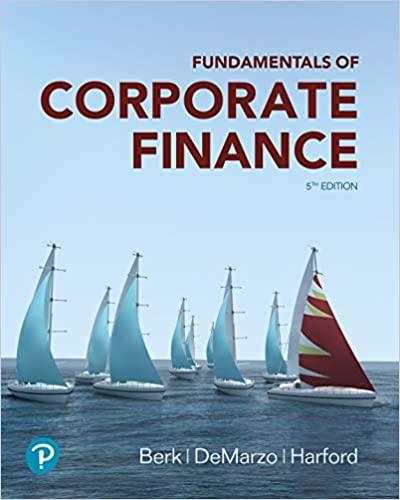
3. [10 pts] Company A is developing a new vaccine against a virus. A vaccine's efficacy is defined as the percentage protecting infections, that is, 1-P1/P. Here po is the baseline probability of infection, and p1 is the infection probability after vaccination. The disease control administration will approve the use of a vaccine that has an efficacy of at least 50%. In an early trial, half of the 2000 volunteers are randomly chosen to receive the real vaccine, and the other half receives a placebo. In the two months following the vaccination, 11 and 3 people from the placebo and vaccine groups were infected, respectively. We want to use this data to assess the efficacy and plan future trials. The number of infected cases (in each group) follows a binomial distribution Binomial(np). For large n, this can be approximated with a normal distribution with matching mean and variance N(np, np(1-p)). This can be further approximated for small p as N(np, np). For simplicity, we estimate po as 11/1000 using the data and assume it is true po subsequently. (a) [5 pts) Based on the above approximation and assumption, should the vaccine be approved based on the current trial? Answer this with a hypothesis testing and use a 0.05 significance level. (b) (5 pts] Calculate the minimal number of total volunteers needed to achieve a power of 80% for the test in (a), assuming the actual efficacy is 60%. 3. [10 pts] Company A is developing a new vaccine against a virus. A vaccine's efficacy is defined as the percentage protecting infections, that is, 1-P1/P. Here po is the baseline probability of infection, and p1 is the infection probability after vaccination. The disease control administration will approve the use of a vaccine that has an efficacy of at least 50%. In an early trial, half of the 2000 volunteers are randomly chosen to receive the real vaccine, and the other half receives a placebo. In the two months following the vaccination, 11 and 3 people from the placebo and vaccine groups were infected, respectively. We want to use this data to assess the efficacy and plan future trials. The number of infected cases (in each group) follows a binomial distribution Binomial(np). For large n, this can be approximated with a normal distribution with matching mean and variance N(np, np(1-p)). This can be further approximated for small p as N(np, np). For simplicity, we estimate po as 11/1000 using the data and assume it is true po subsequently. (a) [5 pts) Based on the above approximation and assumption, should the vaccine be approved based on the current trial? Answer this with a hypothesis testing and use a 0.05 significance level. (b) (5 pts] Calculate the minimal number of total volunteers needed to achieve a power of 80% for the test in (a), assuming the actual efficacy is 60%







